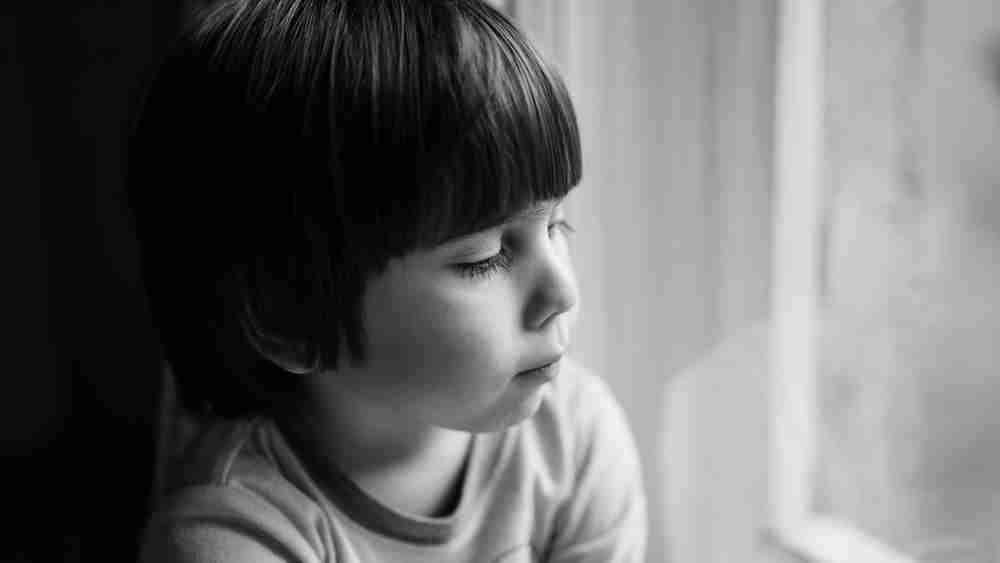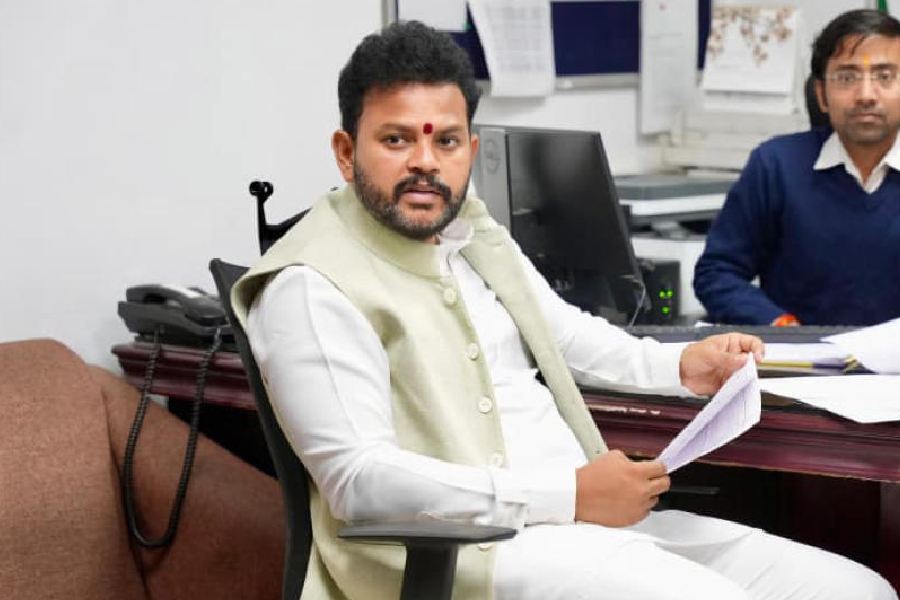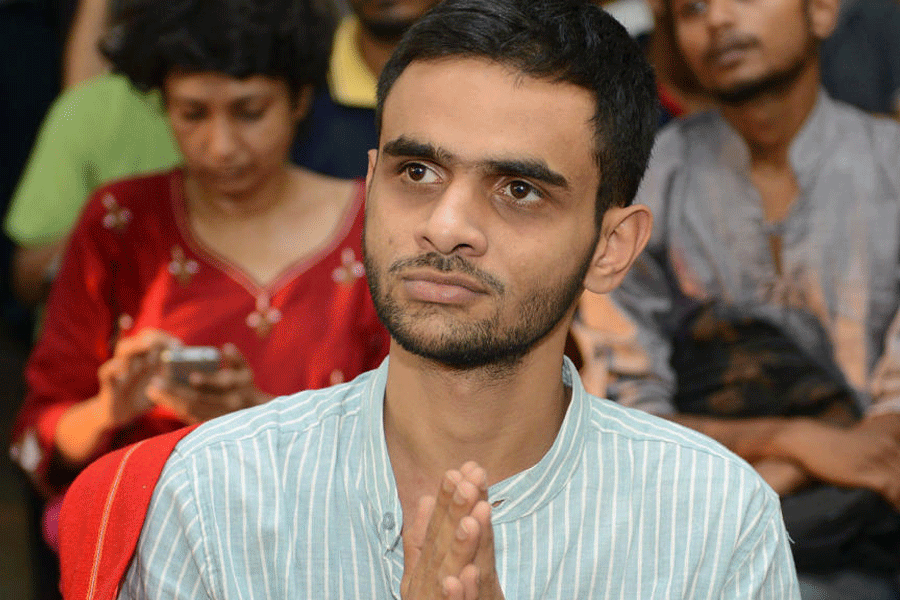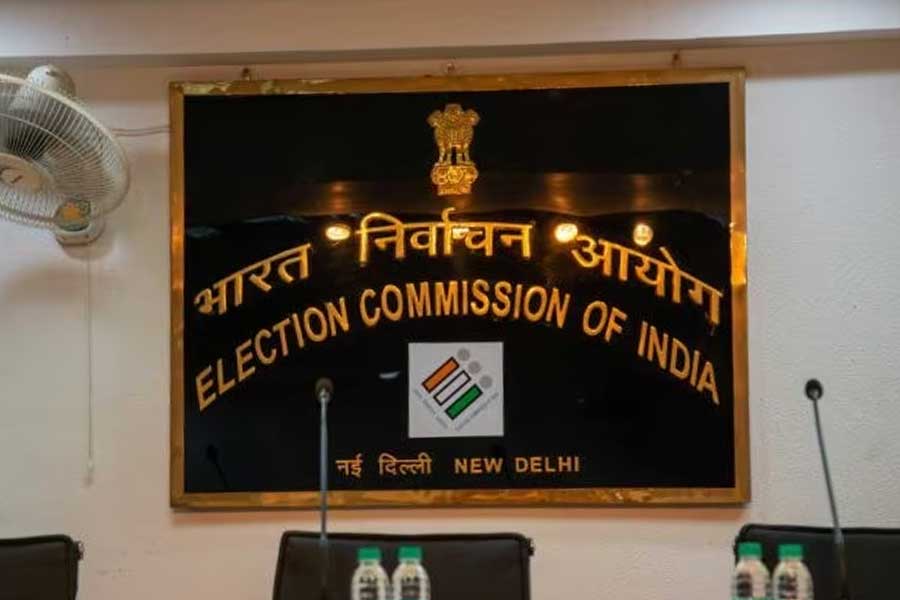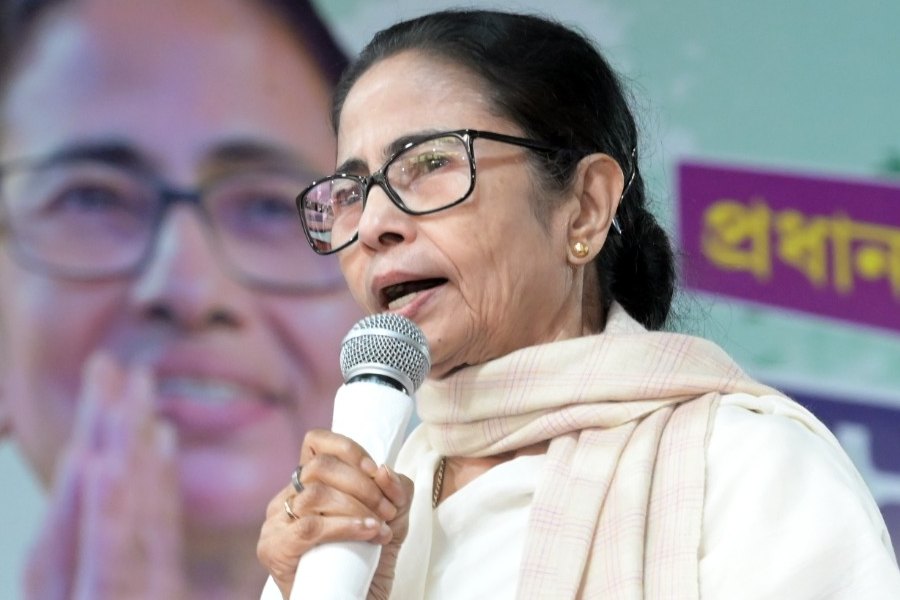In recent times our lives have been relentlessly punctuated by news of death. During this bewildering period, we have lived intimately with loss and grief and learned afresh about last rites and closure. Most of us wish to believe in the immortality of the soul, its liberation from the body and its new life beyond worldly cares — indeed, in some subcultures, death is a cause for joyous celebrations. Yet, it is hard for most of us to accept this inescapable feature of life.
Immersed in loss and sadness, I have begun to think about the incompleteness of our education. Children are taught about the life cycles of living creatures, their reproductive systems and about their birth, growth and development, but we keep them ignorant about the process of ageing and death. The widespread deaths and untold losses generated by the ongoing pandemic have left almost every family profoundly affected. In the wake of these tragedies, we have come to realize, with a deep sense of inadequacy, that adults are generally ill-equipped to help children deal with bereavement. Yet we are content to leave our children vulnerable because we flinch at the very thought of discussing with them the taboo topic of death. No wonder there are so many euphemisms for ‘death’. So, when a person dies, the preferred terms are ‘demise’, ‘passing on’ (or ‘away’), ‘going to her heavenly abode’, ‘attaining liberation’ and so on.
Adults deal with death in different ways. While alive, we pretend that it does not exist. Some of us even refrain from pronouncing the dreaded word lest its utterance cause death to make a sudden and unwelcome call. Another coping mechanism is to joke about death to make it less fearsome. Grandma exclaims, “Do you know what Rana said when I told him that he would get my coin collection when I die? He asked, when will you die, Granny?” This exchange causes much laughter and there the matter ends.
Children believe that death happens to very old people. Perhaps they don’t think too much about it till it actually happens to someone they love. Eventually, Grandma becomes a bright star in the sky and Granddad looks down from a picture on the wall. The other day a colleague sent me a cinquain written by a young student: “Small feet/ Her crooked smile/ Picture frame on the wall/ Looking down, a garland around/ Alone.” I realized with shock that we adults don’t know what children’s minds make of death and disappearance. When we are relatively young and death seems far away and unreal, some of us grandly declare how we wish to die, what kind of funeral or memorial service we want and how we would like to be remembered. As we get older, a few of us begin to prepare for death in a practical way. Döstädning or ‘death cleaning’ is a Swedish practice which prompts ageing people to set their affairs in order, so as not to leave behind a thankless mess for one’s family to disentangle. Perhaps we should emulate this practice.
All these thoughts have made me feel the need to teach children about death in the same way that we try to teach them about life. Perhaps we should let them grow up knowing that death is as real as life and all living creatures will die when their time comes. There should be nothing morbid or frightening about these lessons but just a dispassionate learning of the truth.
What happens after death is, of course, related to individual beliefs or the belief systems of different cultures and religions. Most creeds promote the belief that a person moves into a new phase after death, but some individuals may not believe in life after death. A child may reflect on death on her own but is likely to ask adults questions. It is up to adults to make the child accept reality, make her feel loved and secure and at the same time abstain from filling her mind up with falsities. While talking to children about death, some people refer to heaven as the place where all good people eventually go. However, unwittingly, they portray heaven as a singularly unattractive place. As a child, I remember being completely put off by the supposedly wonderful paradise populated by harp-carrying angels and chubby cherubs atop billowy clouds. I certainly did not wish to be perpetually good in order to be ultimately transferred there.
Instead of being in constant ‘death denial’ mode, we should talk freely, openly and naturally about death. This will help children in the long run. I believe that if children are brought up to understand that life is just a span of time on earth, it would be less traumatic for them to face the death of a family member or a pet. When adults try to shield their children from death, they don’t realize that children witness it all the time. Wilting flowers, a dead insect, the end of a day (signified by nightfall) — all signify death. However, there is a big difference. There will be a new day, different insects and fresh flowers, but their dead pet or grandparent (in some tragic cases a dead parent or sibling) will not come back. We rush to comfort children who have faced sudden bereavement but fail to do so at a deeper level. It is a serious shortcoming on our part that we deny our young an appropriate death education. Instead of keeping things associated with death shrouded in darkness and mystery, some countries have woven death education into the school curriculum and older children are also informed about euthanasia, the writing of wills and the disposal of bodies.
Having expressed these brave words, I now need to confess that, deep inside, I feel like the person who famously declared: “I’m not afraid of death; I just don’t want to be there when it happens.”

